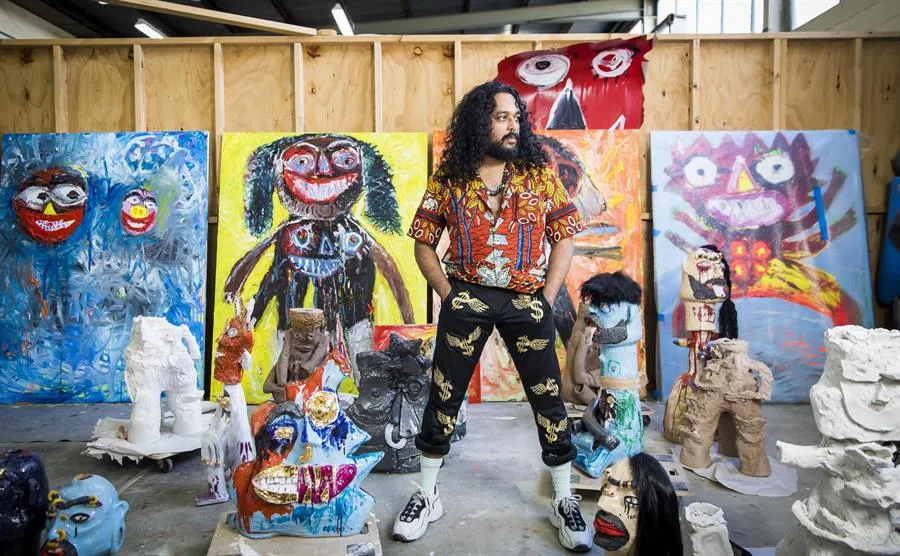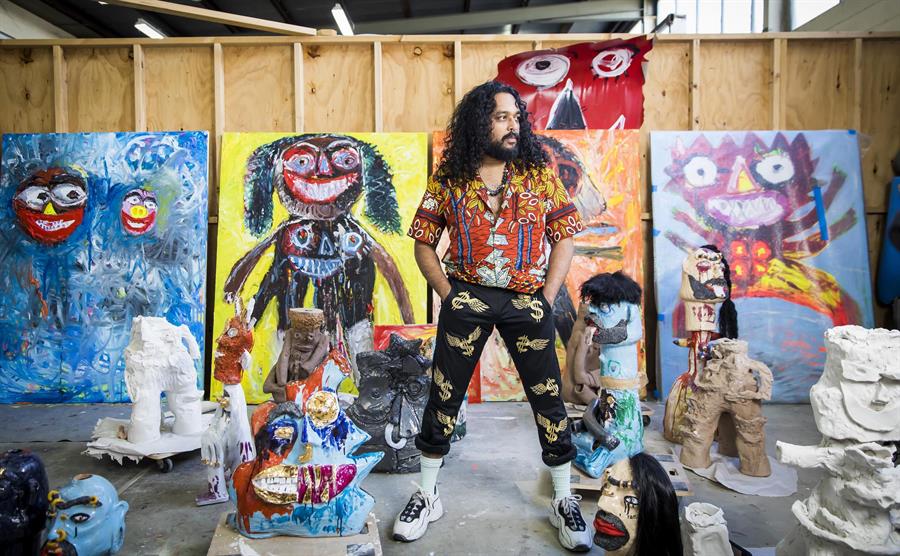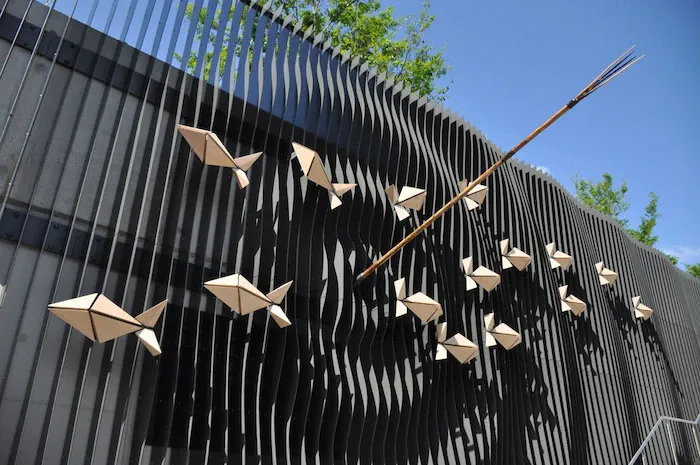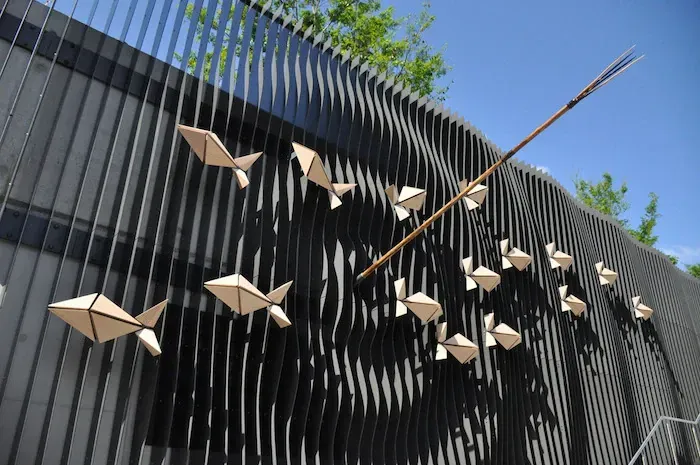How to Prioritise a Busy Creative Schedule

When you’re dreaming of a career as an artist, writer, or another type of creative, you don’t often imagine the hours of administrative tasks you’ll face.
But it’s a reality many people are faced with as soon as they embark on a creative career, particularly when you are self-employed.
Finding the motivation to complete the tasks that surround your art-making practice is just as important as making time to be creative.
“[As a creative] it's very flexible. That's one of the lovely things about running your own practice or company, you really do get to dictate your own hours, but you also have to be very self-driven,” says trans-disciplinary artist and Director of Mili Mili, Nicole Monks.
If this is something you find yourself struggling with, the good news is many experienced creatives have developed strategies to help get things done. Here’s their advice.
Busy is OK - but make it efficient
Hard work, motivation, drive and ambition are all things Ramesh Mario Nithiyendran values. He arrives at his studio by 10am six days a week (he teaches one day at UNSW Art & Design).
It’s a busy schedule, a lifestyle he admits he wouldn’t advocate for. But it works for him because it leaves him with a strong feeling of satisfaction.
“I’ve become more and more aware of things in my life that fall out of place when I’m quite intensely making art. I don’t really socialise, and I often don’t cook, for example. But I think what I’ve reflected on is the importance of having a clean house, making sure I spend time with friends and that I’m doing things that are a little bit social every now and then, but I also get a lot of day-to-day satisfaction from being in the studio and drawing and making art and engaging with other artists,” he says.
“One of the lovely things about running your own practice or company [is] you really do get to dictate your own hours, but you also have to be very self-driven.”
Efficiency is at the centre of his work.
He creates a digital checklist, using an organised and systematic process to check off the administrative tasks that need attention. This includes the boring things, like taxes. “I usually do the hardest thing first,” Nithiyendran says.

Visual artist Ramesh Mario Nithiyendran says efficiency is at the centre of his work. Photograph: Anna Kucera, commissioned by Parramatta Artist Studios, Rydalmere.
“What I find is, if I’m really, really efficient with the administration and business side of things I get to actually spend more time making art and that generally generates more opportunities to make art. So being efficient, being clear, having clarity in all my interactions in a professional context and also being organised is something that I really value in myself and in others.”
Nithiyendran also hires an assistant to help when things are busy, which has the added benefit of making the process more enjoyable.
“I try to access support quite quickly, so I try and decide what aspects of a task or project I’d like to outsource or work collaboratively on. Then I can proceed with the project in a way where I’m actually enjoying a lot of the work because I won’t be preoccupied with putting 30 layers of glaze on a single piece,” he explains.
Jump in some puddles
Writer and podcaster Madeleine Dore is another “to do” list devotee. She believes in starting small as a way to beat procrastination and overwhelm.
“Starting small is not only accessible, but it’s what keeps us open to possibility. It not only allows you to notice what’s on the periphery, but it also limits overwhelm or the indecision regarding where to begin when it comes to doing the things we want to do,” she says.
For Dore, the antidote is “puddle theory”, which she describes as a way to “divide overwhelming tasks and take things smallest step by smallest step.
“Instead of contemplating the insurmountable tidal wave, create tiny puddles that are feasible to step into, making it easier to begin,” she explains.
To use Dore’s puddle theory, you first make a list of tasks and then break each task down into an even smaller list of tasks. Dore then chooses no more than three small tasks or ‘puddles’ to complete in 45 minutes of focused time.
“Puddle theory not only helps make a task more playful and therefore less daunting, but it helps us recognise that sometimes one task is actually several in disguise,” she says.
Ask for more time
Monks says establishing enough time is key to carrying out the right processes. Sometimes this means asking for it.
As a multi-disciplinary artist of Yamaji Wajarri, Dutch and English heritage, she works with local councils, galleries, and curators to create public art in consultation with First Nations communities. But this means she sometimes finds herself asked to create work within unrealistic time frames that don’t allow for the community consultation processes required when it comes to working on someone else’s country.
“As an Aboriginal artist, there's a lot to do in the background in any of these projects,” Monks acknowledges.
“I have to have those conversations up front with a lot of curators, with a lot of councils that are going to start working in that space and just tell them there’s a whole lot of consultation that needs to be done before you can even start the concept.”

Mudinga at Westmead Children's Hospital by Nicole Monks, Luke Russell, and Scott Luschwitz, 2020. Image supplied.
Invite a friend
Never underestimate the value of friends and peers when it comes to fuelling your motivation and ambition.
For Nithiyendran, inviting a friend into the process is a strategy he finds motivating.
“Something I find really helpful is often sharing progress from start to finish with a peer,” he says. In a way, this helps create accountability in a self-driven schedule. It’s also a nice way to create connection with another human.
‘I often find the kind of intimacy sharing that creative process allows me to stay on top of things,” he adds.
